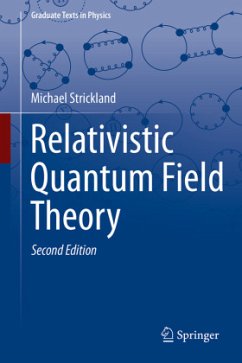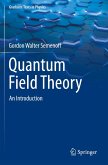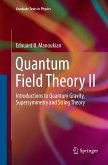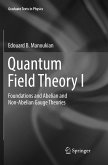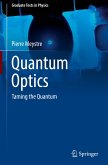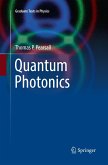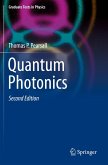This self-contained textbook provides comprehensive coverage of relativistic quantum field theory that is accessible to both particle and condensed matter physics students, covering fundamentals, advanced topics, and modern applications. It begins by introducing readers to the fundamental concepts of quantum field theory using the formalism of canonical quantization. A brief review of classical field theory seamlessly transitions readers to the quantization of classical fields. Real and complex scalar field theories, fermion field quantization, and gauge field quantization are covered in detail. It then discusses toy models of nuclear interactions before tackling the full Lagrangian for quantum electrodynamics (QED) and its renormalization. Readers are guided through the path integral formalism, starting from non-relativistic quantum mechanics, and extending it to quantum fields with infinite degrees of freedom. The Fadeev-Popov method for quantizing gauge fields and Grassmanalgebra for fermionic fields are also described. The book then focuses on quantum chromodynamics (QCD), with discussions on its path integral formulation, renormalization, and the role of topological solutions in non-abelian gauge theories. Finally, readers are presented with more advanced topics and contemporary applications of relativistic quantum field theory. The application of quantum chromodynamics to high-energy particle scattering is discussed with concrete examples for how to compute QCD scattering cross sections. Experimental evidence for the existence of quarks and gluons is then presented both within the context of the naive quark model and beyond. The author reviews our current understanding of the weak interaction, the unified electroweak theory, and the Brout Higgs Englert mechanism for the generation of gauge boson masses. The final sections include a thorough introduction to finite temperature quantum field theory with concrete examples focusing on the high-temperature thermodynamics of scalar field theories, QED, and QCD. Each chapter also contains several examples and exercises.
In this enhanced and revised second edition, Dr. Strickland's original three-volume textbook on relativistic quantum field theory is consolidated into a single cohesive volume, enriched with additional chapters on quark-gluon plasma at a phenomenological level, effective field theory techniques that can be applied at finite temperature, and lattice field theory.
In this enhanced and revised second edition, Dr. Strickland's original three-volume textbook on relativistic quantum field theory is consolidated into a single cohesive volume, enriched with additional chapters on quark-gluon plasma at a phenomenological level, effective field theory techniques that can be applied at finite temperature, and lattice field theory.

